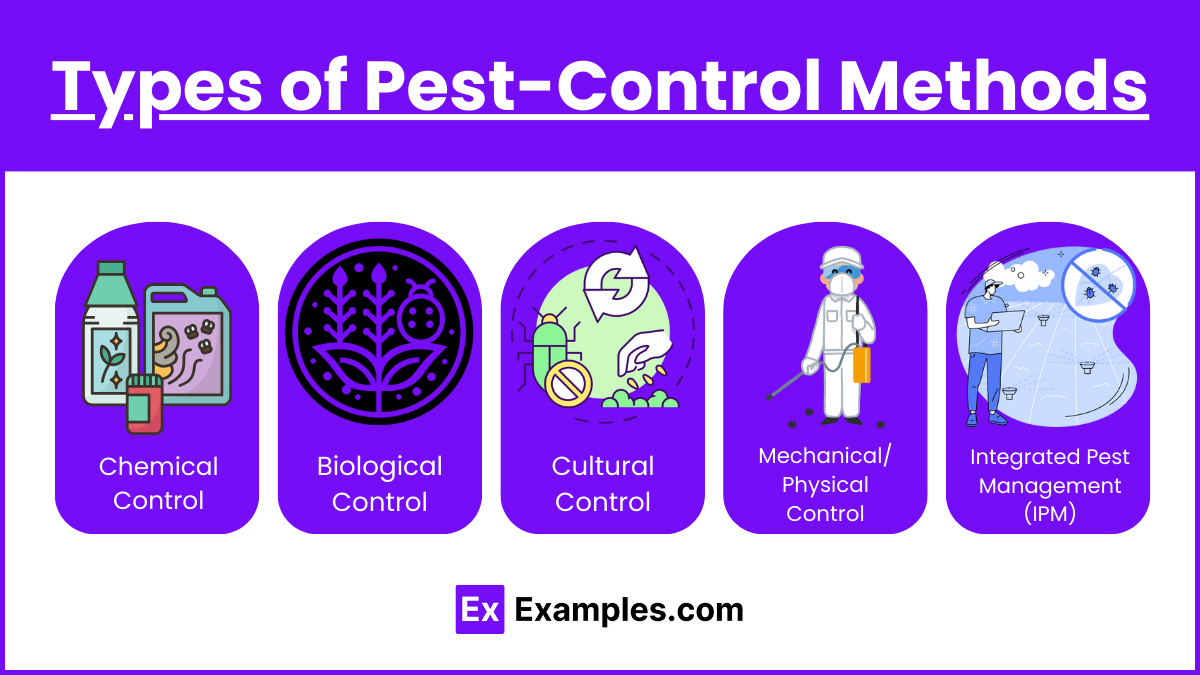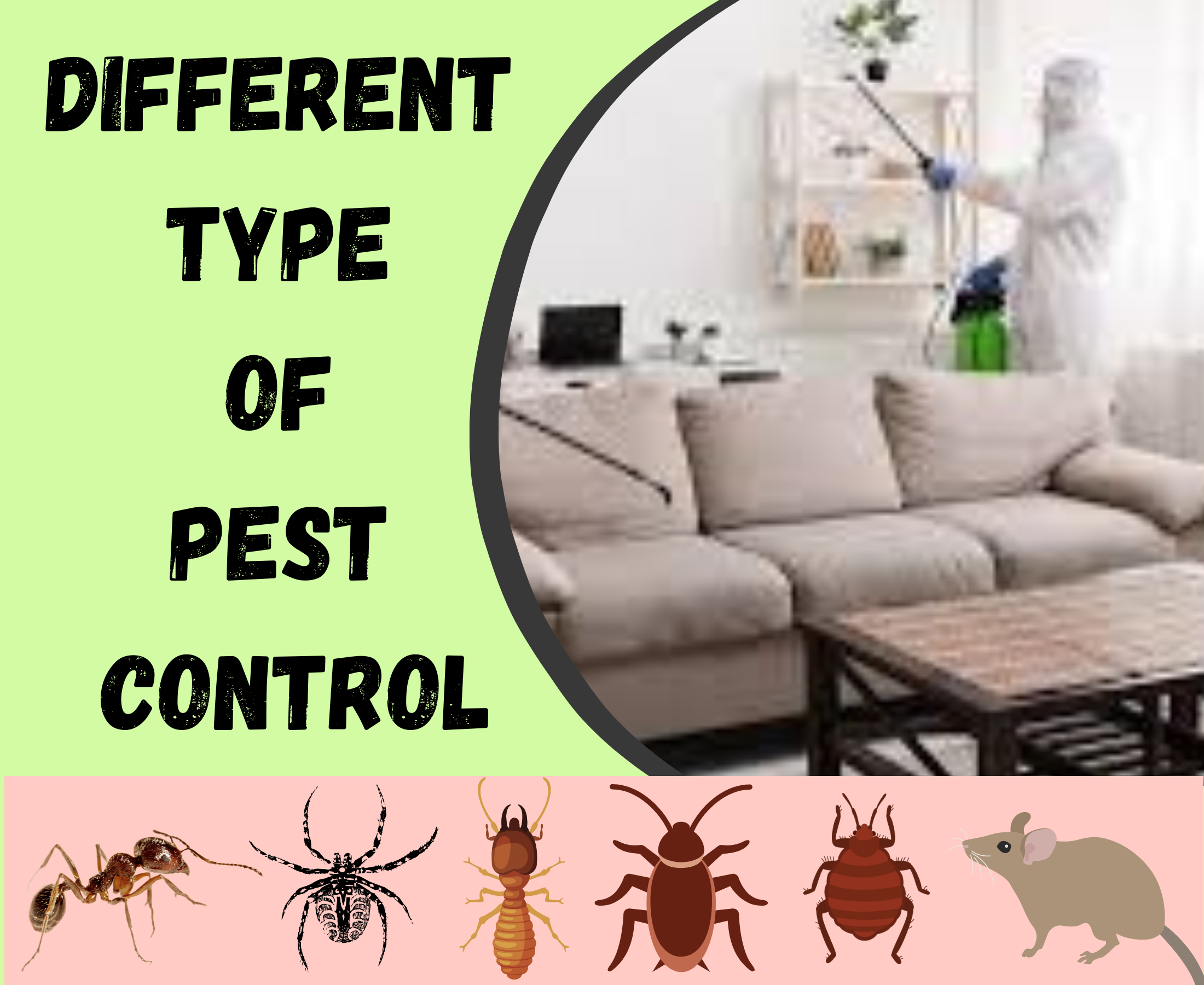How Pest Control can Save You Time, Stress, and Money.
Not known Facts About Pest Control
Table of ContentsSome Ideas on Pest Control You Need To KnowLittle Known Facts About Pest Control.How Pest Control can Save You Time, Stress, and Money.Unknown Facts About Pest ControlThe Greatest Guide To Pest ControlHow Pest Control can Save You Time, Stress, and Money.
Our findings show that the initial evaluation will certainly cost anywhere from $160-$300 on standard. This usually costs anywhere in between $400-$1000 for the whole year's insurance coverage, with monthly or bi-monthly sees currently rolled into the last price.Depending on the trouble, a task that calls for a single see typically sets you back $300 to $550. These are the easiest costs to lay out in your insect control rates listing.
Bugs that normally requires recurring visits include: Roaches. Our findings show that a first see is regarding $180 and is the very first of an ongoing agreement. Throughout this first go to, you need to: Examine the problem.
12-month contract. As a whole, the regularity of periodic sees is: Each month: $40 45. Every two months (semi-monthly): $50 60. Every 3 months (quarterly): $100 300. Pest control is a chemically-intensive organization. Chemicals are the vital materials that pest control experts use to complete a job. Usual chemicals include: Boric acid.
Rumored Buzz on Pest Control
Necessary materials and materials you'll use consist of: Respirator. Your tools should be included as part of your overhead prices. If you have staff members, after that labor costs are going to be the biggest costs for your company.
Limitations of Chemical Management Be able to evaluate pest problems, figure out if monitoring is needed, and make proper suggestions making use of IPM strategies. Be acquainted with various methods of parasite monitoring - their advantages and limitations.
This chapter reviews (IPM), a strategy that utilizes knowledge about pests and their, methods, nonchemical techniques, and pesticides to take care of parasite troubles. Extra info regarding IPM for certain plants is included in phases that concentrate on those plants. Nonchemical pest control actions are stressed in chapter 17, "Organic Gardening." Handling birds and mammals is covered in phase 20, "Wildlife." Taking care of in the backyard and yard is covered in phase 6, "Weeds." Insects in a yard or landscape may consist of insects and termites, weeds,, creatures, and birds.
The Ultimate Guide To Pest Control
Lots of people hurry to pull, hoe, or spray every weed they see. Pests and weeds, nevertheless, play a function in the. After growing a yard or establishing a yard, the all-natural procedure of plant succession starts to restore and nonnative plants. A weed expanding in a yard stands for the initial stage in a series of occasions that, if permitted to proceed, can eventually result in a forest.
What we call "parasites" are part of an all-natural system at work. Only people think about specific varieties parasites when they happen where they are not desired.
Bugs vulnerable to a pesticide were promptly killed, leaving resistant ones to reproduce and multiply. It came to be clear that chemicals alone would certainly not resolve all bug troubles. Rather, overuse of pesticides triggered the growth of resistant parasites. Scientists began to establish a new approach to pest control. This new strategy was described as incorporated pest monitoring (IPM).
An IPM strategy allows some degree of insects in the atmosphere. Insects are much less likely to make it through a program that uses various techniques of lowering their populations. Integrated pest monitoring was very first suggested by entomologists due hop over to here to the fact that bugs were the initial group of bugs to verify challenging to manage with chemicals alone.
What Does Pest Control Mean?

Monitoring instead than visit this website elimination of bugs is the goal. An IPM plan starts with a mindful evaluation of each parasite problem. Just after that can one choose about the ideal strategies essential to suppress bug activities. The life cycle of the bug, feasible damages, all-natural opponents, and impacts of weather, amongst various other variables, are considered before a control plan is carried out.
Clover expanding in a grass may be deemed an unwanted weed, however as a bean it is manufacturing nitrogen for the dirt and the blossoms are providing nectar to honey and various other. Tolerance for some weeds might become part of an IPM strategy. might be consuming the fallen leaves of a plant, yet when they are determined as the larvae of Eastern tiger swallowtail butterflies, their damages might be tolerated so we can take pleasure in the gorgeous butterfly.
Matt Bertone Prevention is the first device in bug management due to the fact that it is the most effective, least expensive, a lot of ecologically pleasant service. Selecting a healthy and balanced plant that prospers in the wanted place with the offered light, planting it meticulously, and making certain that it has ample water and nutrients protects against tension and reduces pest problems.
Some Ideas on Pest Control You Need To Know
The second essential device in bug management is very early intervention. Existing and observant in the yard makes certain early discovery. Responding to issues swiftly, before they have time to increase, calls for a less significant treatment. The 3rd most important tool is recordkeeping; tracking what occurs in the garden allows a garden enthusiast to identify patterns and make informed decisions.
Many risk-free, functional, nonchemical methods of plant security and bug administration may decrease or get rid of the need to spray. Various other techniques are most valuable when used with chemicals. To apply monitoring methods correctly and to minimize losses, gardeners should be aware of the kinds of bugs that assault plants and recognize pest biology.
Pest administration techniques come under 4 groups: cultural, mechanical, organic, and chemical. Maintaining plants healthy and Read Full Article balanced and protecting against plant tension helps plants to much better stand up to and fix the damages triggered by a pest or mite insect. Some proof shows that healthy and balanced plants resist problem by insects better than plants with reduced vitality.
Conducting a dirt test and applying just the recommended quantity of fertilizer and lime maximizes the benefit to the plant while minimizing problems connected to excessive use fertilizer. Covering the dirt with a number of inches of mulch shields the plant in several methods: minimizing dirt water loss to dissipation, minimizing weed competitors, providing nutrients, and creating an ideal environment for earthworms and microbes that keep the soil loosened for origins and damage down natural material to launch nutrients.
Not known Incorrect Statements About Pest Control

If tilling is deemed essential, consider doing it in the autumn when the life cycles of numerous pests brings them near the surface area. At the surface, insects come to be subjected to the weather as well as birds and various other natural adversaries.